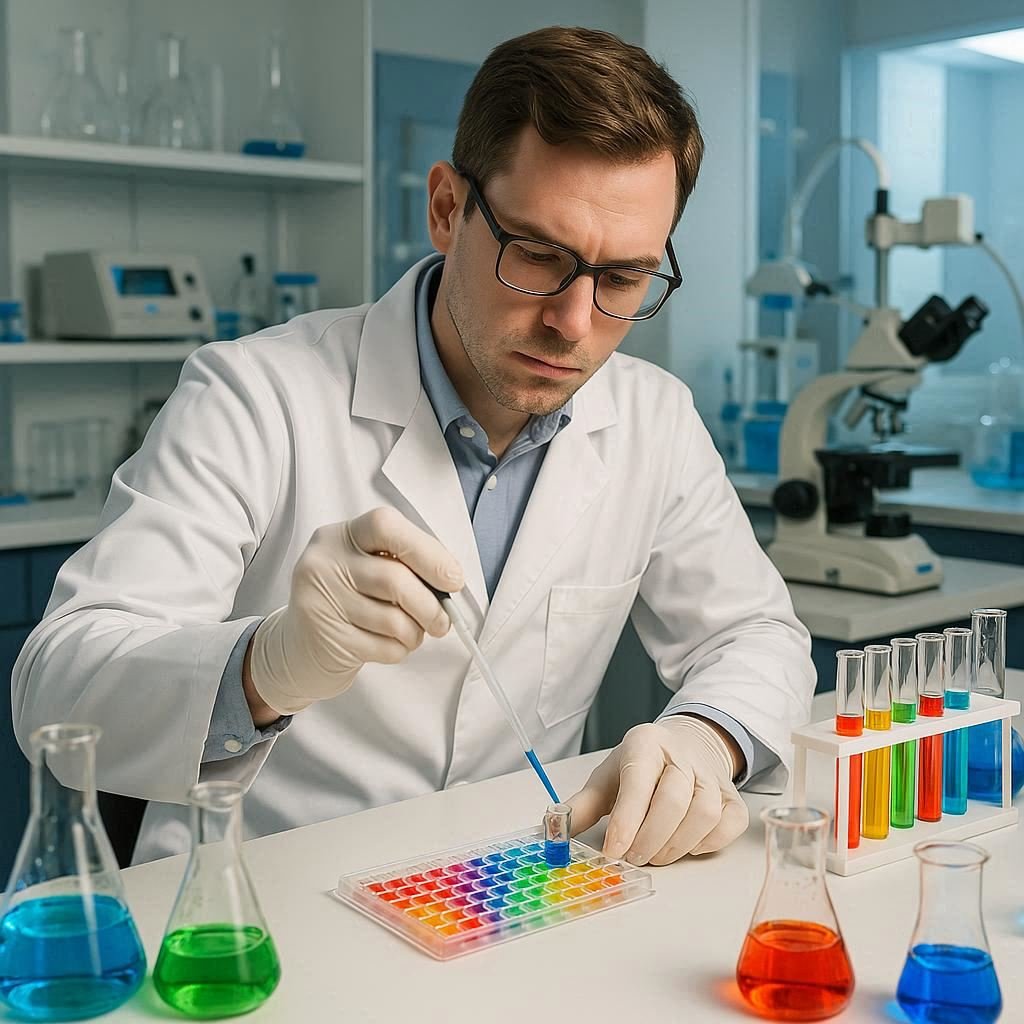
Related substances and assay tests are critical quality control measures in pharmaceuticals. The related substances test detects and quantifies impurities, while the assay test measures the active pharmaceutical ingredient (API) content. Together, they ensure the drug’s purity, potency, safety, and overall quality. Related Substances vs Assay Test in Pharmaceuticals: Key Differences Parameter Related Substances Test […]
Related substances and assay tests are critical quality control measures in pharmaceuticals. The related substances test detects and quantifies impurities, while the assay test measures the active pharmaceutical ingredient (API) content. Together, they ensure the drug’s purity, potency, safety, and overall quality.
| Parameter | Related Substances Test | Assay Test |
|---|---|---|
| Purpose | Detects impurities and degradation products | Measures the active pharmaceutical ingredient (API) content |
| Focus | Purity of the substance | Potency of the substance |
| What it Measures | Unwanted related compounds or impurities | Exact quantity of the main drug/component |
| Typical Limit | Usually in parts per million (ppm) or % | Typically close to 100% (e.g., 98–102%) |
| Regulatory Requirement | Ensures impurities are within safe limits | Ensures correct dosage strength |
| Analytical Techniques | HPLC, TLC, GC, LC-MS, GCMS | HPLC, UV Spectrophotometry, Titration |
| Test Type | Qualitative and Quantitative | Quantitative only |
| Importance | Safety (by identifying toxic or harmful impurities) | Efficacy (by ensuring proper dose is delivered) |
Assay measures the amount of active pharmaceutical ingredient (API), while related substances testing identifies and quantifies impurities or degradation products.
It’s a test to detect, identify, and quantify impurities present in a drug substance or product
It determines the presence and levels of impurities to ensure they are within acceptable safety limits.
It measures the exact quantity or concentration of the active ingredient (API) in a drug product.
Usually performed using techniques like HPLC, UPLC, GC, GCMS and LCMS by comparing impurity peaks against known standards.
Performed using methods like HPLC or titration to quantify the API content by comparing with a reference standard.
Limits must be set based on ICH guidelines; all known and unknown impurities must be identified and quantified, ensuring they are within specified thresholds.
You May Like
Quick Links